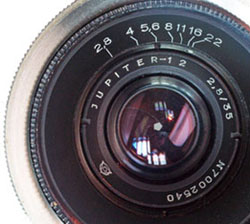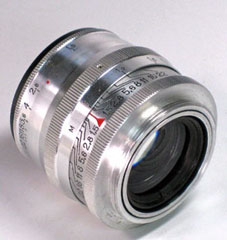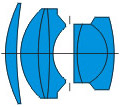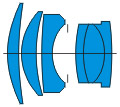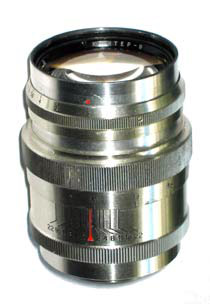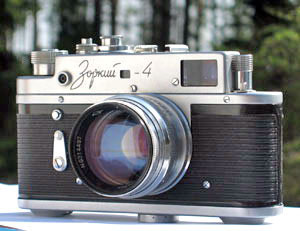
Zorki 4 This one as all my Russian rangefinder cameras I have bought in Estonia. During a Soviet collapse Estonian people fought for freedom and achieved an indipendence after decades of occupation. Hundreds of thousands Finns rushed to Estonia to buy cheap booze and cheap cameras etc. Me among the others. 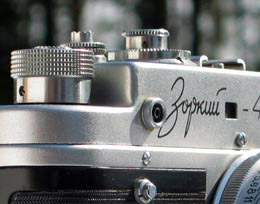
Zorki 4 is a KMZ copy or at least a modification of the Leica II. It was manufactured since 1954 to 1973. It is a nice looking camera which is capable to take extremely good pictures. Zorki is not the "Lonely Wolf", Leica copys were manufactured all over the world after WW II when the German proprietary and patents were cancelled. In this case the manufacturing quality and the finishing is a way of Leicas but value for a price is definitely higher. Soviet made Leica copy lenses has (if you find a good one) an optical performance similar to the originals. Only the mechanical finish of the body falls behind. |
|||||||||||||||
|
|||||||||||||||
 |
Mir is a cut down version of Zorki 4. Shutter speeds are limited between 1/30 - 1/500 and B. (Zorki 4 , 1sec - 1/1000 sec +B) Otherwise Mir has same features tha Zorki. It is even considered as more reliable and easier to use.This Mir has Jupiter-12 2,8/ 35mm wide angle lens. |
||||||||||||||
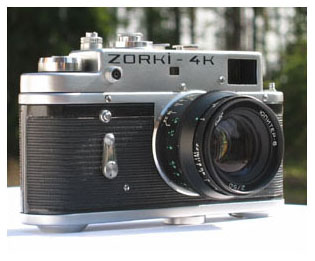 |
Zorki 4K Manufactured from 1972 to 1977 the last RF made by KMZ. It looked good felt good and worked well in the hand.Main difference to Zorki 4 is, 4K has a film winding lever instead of the knob. I only wish, that they had spent some more time and effort on perfecting the reliability and a design of the slow speed shutter mechanism. It has the same weakness as other Zorki (and also FED) focal plane shutter cameras. Great care must always be taken when setting slow shutter speeds otherwise damage will occur and you must absolutely remember to cock the shutter before you set the shutter speed. If you don´t do this it may cause severe damage to the shutter mechanism. |
||||||||||||||
|
|||||||||||||||

